Grassland
All Grassland Content
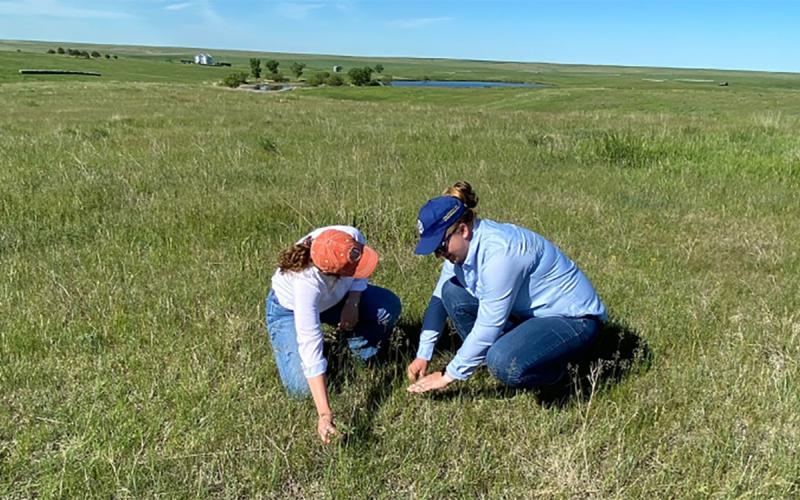
Range Roundup: South Dakota Women on the Range
With the percentage of women in agriculture expected to grow over the next few years, SDSU Extension will be launching a new program called South Dakota Women on the Range. The program will educate women about the importance of range management, while also empowering them to become leaders in the agriculture industry.
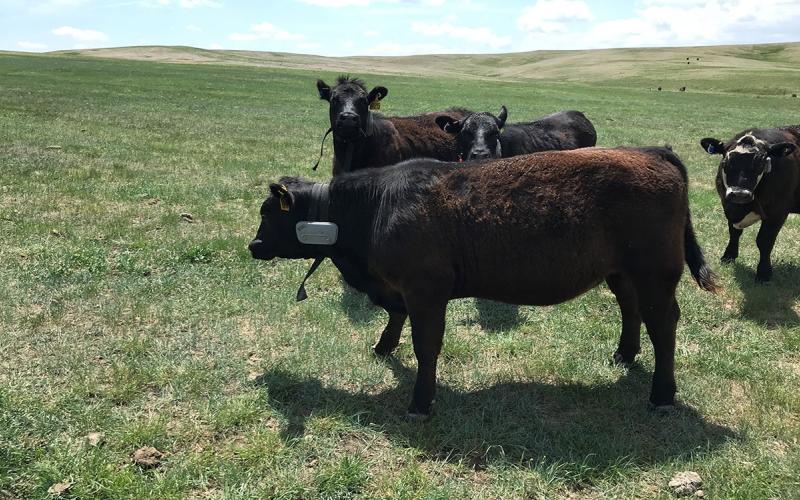
Range Roundup: Virtual Fencing Project Takes Place at the Cottonwood Field Station
Virtual fencing (borders without physical barriers) has started making waves in the cattle industry, and it can be used to implement precision grazing management. Our team is researching its use and utility at the SDSU Cottonwood Field Station starting this summer.
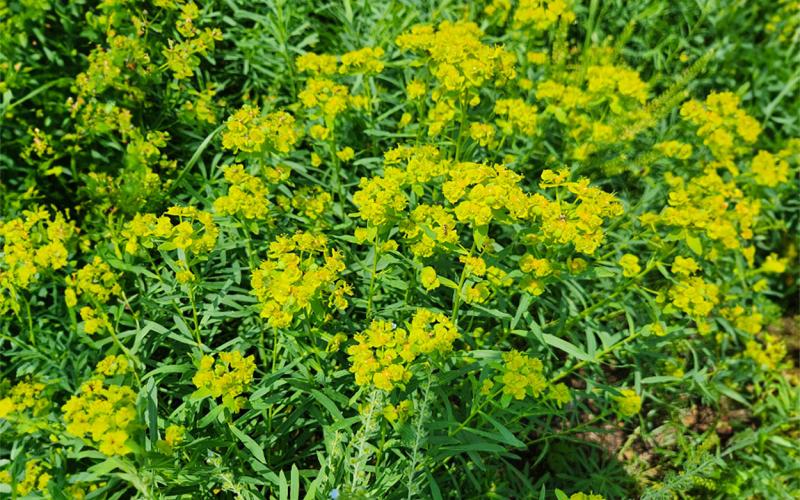
Leafy Spurge Management in the Early Summer
Early summer and fall integrated management tactics are critical for leafy spurge management. Now is the time to consider implementing early summer management tactics for leafy spurge.
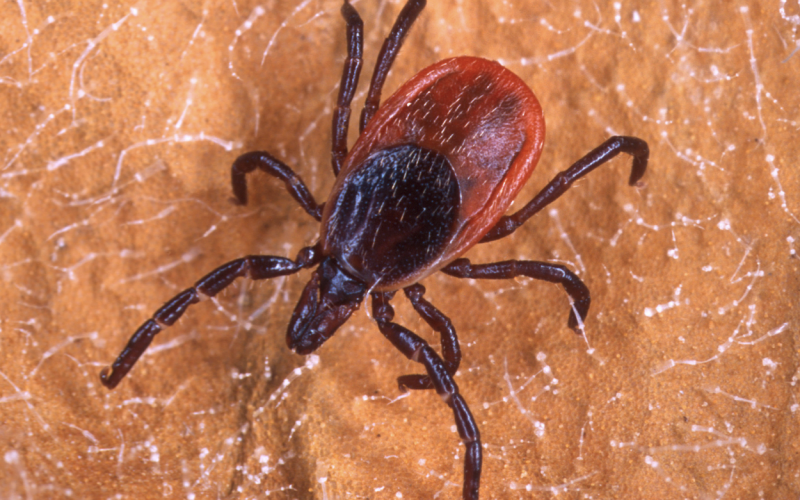
Protecting Yourself From Ticks
During wet springs, tick populations tend to thrive in South Dakota. These parasitic arthropods require blood to fulfill their nutritional needs and commonly use humans as a host. Some ticks can also carry bacterial diseases that are a threat to human health.
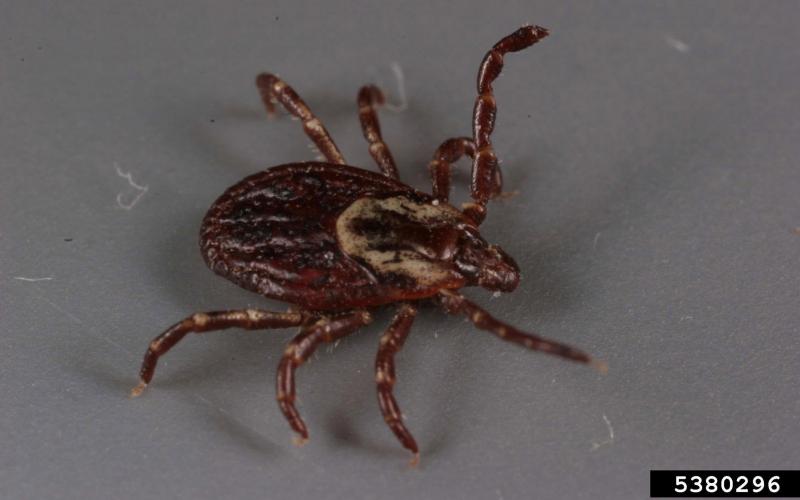
Ticks Becoming Active in South Dakota
The arrival of spring in South Dakota means warmer weather and more outdoor activities. However, it also brings an increase in tick activity.

An identification guide to common Ticks of South Dakota
A guide to identifying common ticks in South Dakota
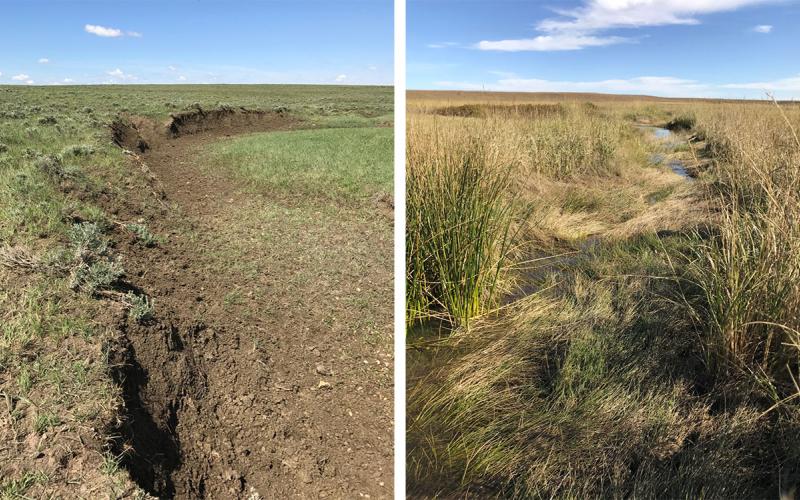
Ranching and Prairie Streams: What Healthy Riparian Areas Mean for Your Ranch
Prairie streams and their associated riparian areas can provide numerous ecosystem services to a ranching operation.
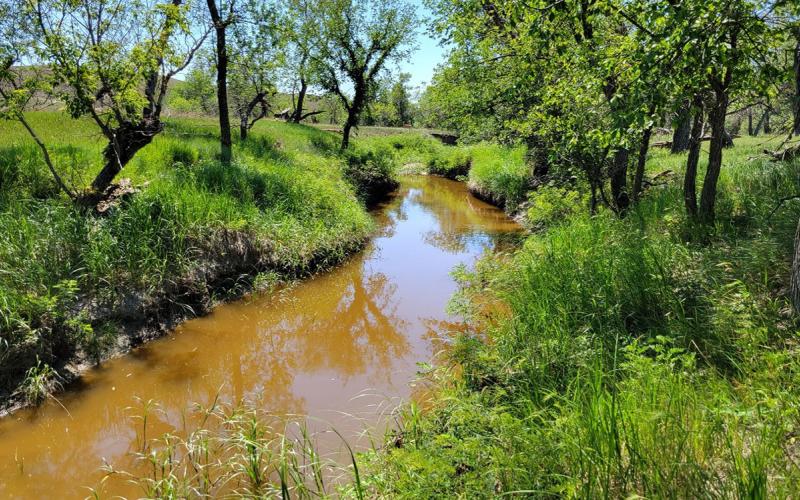
Ranching and Prairie Streams: Why Riparian Areas Matter
For many producers, riparian pastures are essential to their operations. However, land managers need to balance grazing and utilization needs with riparian health for the long-term benefit of their operation.
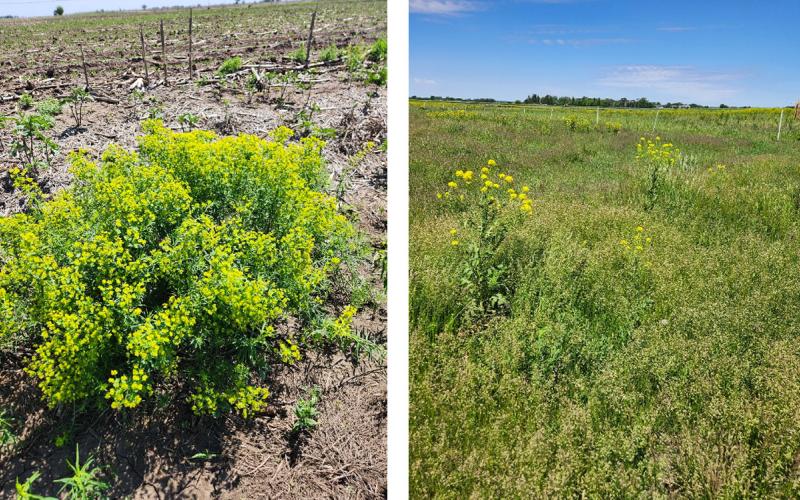
Leafy Spurge or an Imposter?
Leafy spurge is a statewide noxious weed that can be difficult to manage. However, are the recent yellow flowers appearing throughout South Dakota landscapes leafy spurge or another species?

Current State of Noxious Weed Management in South Dakota
Results of an online survey to determine how South Dakota stakeholders are currently managing noxious weeds.